Some of you have noticed my long quiescence. I don’t have one specific reason but I know it’s all part of the spiritual metamorphosis I have been experiencing. There are times when I eliminate all distractions to focus on whatever I am dealing with at the moment. I’ve also missed blogging, but it wasn’t happening. I had good intentions, but I could never see a post come to fruition. Just sitting at my computer at this moment feels triumphant, like I’ve broken a curse or restraint barring my creativity.
Even at this victorious moment, in the background, the Dah calling out to me to go to the gym with him. He must be insane. Who goes to the gym at 3:00 pm on a Saturday? Ok, don’t answer that. I certainly prefer sitting here at my computer with a bowl (very small) of freshly made, crunchy kurma, sharing the recipe and a kurma story (or two) with you.
The origin of this recipe
This recipe was graciously given to me by my mother-in-law, Grace, a humble, unpretentious woman with a beautiful smile and a heart of gold. She is occasionally called upon to make as much as 25 pounds of kurma for weddings and prayers. During my last visit to Trinidad, around Diwali,
I had the pleasure of accompanying her to a neighbor’s house to make kurma. You see, in that house lives a 10-year-old little girl who promised a teacher she would bring five pounds of kurma for him for his pooja the next day, not taking into consideration that her mother does not know how. That unsettling circumstance prompted the girl’s mother to race out the door in her housework-stained clothes and disheveled hair to my mother-in-law’s house to plead for assistance.
Uncle Bhola Saves the Day
With instructions and advice from anyone who would volunteer it and a few notes scratched on a crumpled paper from an old “copybook”, we headed to the kitchen. There in Grandma’s kitchen, I watched on with bated breath and a rapidly beating heart as Uncle Bhola carefully put the ingredients in a large bowl and kneaded it to form a dough. Fear monopolized my thoughts, “What if it doesn’t come out good”? “What if no one likes it?” “Everyone’s going to laugh at me!” “I not going to school tomorrow nah!” {Trini Slang} We rolled it out, cut it, fried it, boiled some sugar and water until thick and poured it over the kurma to coat.
What is Trinidad Kurma?
How much kurma should I make?
What are the ingredients in kurma?
- 2.5 lbs all-purpose flour
- ½ tablespoon ground cinnamon (15 grams)
- 1 teaspoon ground elaichi (cardamom) (5 g)
- 2 tablespoons grated ginger, or to your preference
- 1 lb butter (2 x 227 grams), cold ( I use Kerrygold salted)
- ¾ cup evaporated milk (250ml), cold, or more if required
- 1 can condensed milk (395 grams), cold
- Vegetable oil, for deep frying (about 4 – 6 cups)
What are the ingredients for the sugar syrup used to coat the kurma?
- 2 cups water
- 2 cups white granulated sugar (1 pound) ( I used raw organic cane sugar which is darker)
- 1 teaspoon grated ginger, or more if you like it “gingery”
How to make Trinidad Kurma?
1.In a large bowl combine flour, cinnamon, elaichi and ginger. Cut butter into cubes and, using your fingers, rub it into the flour, until it resembles fine crumbs(like a pastry dough).
2.Add the evaporated milk and condensed milk and knead for 10-15 minutes to form a smooth, firm dough.(I always start with ½ cup evaporated milk and add more if required).
3.Divide the dough into 3 pieces and form into balls (loyahs). Place on a tray or bowl and refrigerate for 10 minutes. (I made two but highly suggest three as it is more manageable.)
6.Then, using a pastry cutter or dull knife, cut out the dough, vertically (top to bottom), into strips 1-1 ½ inch wide. Lift each strip and roll between the palm of your hands to resemble a rope. Place back on the counter and cut into 1 inch pieces, or to your preferred length.
Alternately, without rolling, cut into thin diagonal strips. Place on an oiled tray. Repeat with the remaining strips. (The latter is my preferred method as I like my kurma thin, dark and long.)
1.While the kurma is frying, in a saucepan over medium heat, bring water, sugar and ginger to a gentle boil. Boil for 30-45 minutes or until it starts to get frothy/bubbly/syrupy and/or starts to form sugar crystals on the sides(230 degrees Fahrenheit on a candy thermometer). Then, keep on the lowest heat.
With Love,
Ria
Best Kurma Recipe
Ingredients
- 2.5 lbs all-purpose flour
- ½ tablespoon ground cinnamon 15 grams
- 1 teaspoon cardamom ground (5 g)
- 2 tablespoons grated ginger
- 1 lb butter 2 x 227 grams, cold
- ¾ cup evaporated milk 250ml, cold
- 1 can condensed milk 395 grams, cold
- Vegetable oil for deep frying
For Sugar syrup (phaag)
- 2 cups water
- 2 cups granulated sugar 1 pound ( I used raw organic cane sugar which is darker)
- 1 teaspoon grated ginger or more if you like it "gingery"
Instructions
- In a large bowl combine flour, cinnamon, elaichi and ginger. Cut butter into cubes and, using your fingers, rub it into the flour, until it resembles fine crumbs(like a pastry dough).
- Add the evaporated milk and condensed milk and knead for 10-15 minutes to form a smooth, firm dough.(I always start with ½ cup evaporated milk and add more if required).
- Divide the dough into 3 pieces and form into balls (loyahs). Place on a tray or bowl and refrigerate for 10 minutes. (I made two but highly suggest three as it is more manageable.)
- In a large iron pot over medium heat and add enough oil to deep fry (a little less than half pot). Line a large bowl or sheet tray with brown paper or parchment paper.
- While the oil is coming to temperature(hot), remove one ball(loyah)from the refrigerator, place on a counter or chowki(board), and using a rolling pin(belnah), roll the dough to a thinness of 1/8 inch, like a roti dough, (do not use dry flour because when you are frying, the oil will brown very quickly).
- Then, using a pastry cutter or dull knife, cut out the dough, vertically (top to bottom), into strips 1-1 ½ inch wide. Lift each strip and roll between the palm of your hands to resemble a rope. Place back on the counter and cut into 1 inch pieces, or to your preferred length. Alternately, without rolling, cut into thin diagonal strips. Place on an oiled tray. Repeat with the remaining strips. (The latter is my preferred method as I like my kurma thin, dark and long.)
- When the oil is very hot, place all the pieces immediately (and carefully) into the hot oil and fry until dark golden brown (do not try to separate the pieces in the oil as it will separate itself). Once separated, turn frequently. Using a spider strainer, remove kurma from the oil and place on the lined sheet trays to drain and cool completely. Repeat with the remaining loyahs.
- Separate kurma into 2 large bowls or one very large bowl.
Make Phaag(sugar syrup):
- While the kurma is frying, in a saucepan over medium heat, bring water, sugar and ginger to a gentle boil. Boil for 30-45 minutes or until it starts to get frothy/bubbly/syrupy and/or starts to form sugar crystals on the sides(230 degrees Fahrenheit on a candy thermometer). Then, keep on the lowest heat.
- Pour sugar syrup one cup at a time over kurma and turn quickly and gently to coat completely(Warning--if you don't put enough, it will not be as crunchy!). Using a clean spoon(no oil), mix quickly but gently until kurma is evenly coated. Continue turning until sugar hardens/dries and the kurma is coated with a white layer. If at any point it's very sticky, keep turning, it will eventually dry. Don't give up!
- Dust with powdered milk(optional).
Video
Nutrition
Other Diwali (traditional East Indian) Recipes (using recipes already on the blog):
Appetizer
Pholourie
Aloo Pie (Potato)
Saheena
Raw Mango Chutney
Boiled Mango Chutney
Vegetarian Diwali Main Course:
Channa and Aloo
Channa and Aloo with Baigan
Buss Up Shot (Paratha Roti)
Pumpkin
Fry Bodi (Sauteed Long Green Beans)
Baigan and Tomato Choka
Dhal
Bhaji
Dessert
Parsad
Sweet Rice
Kurma (above)
Gulab Jamoon (Fat Kurma)
Roat

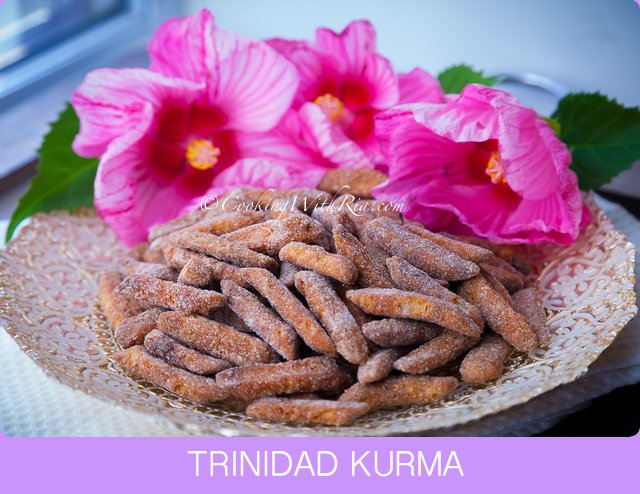
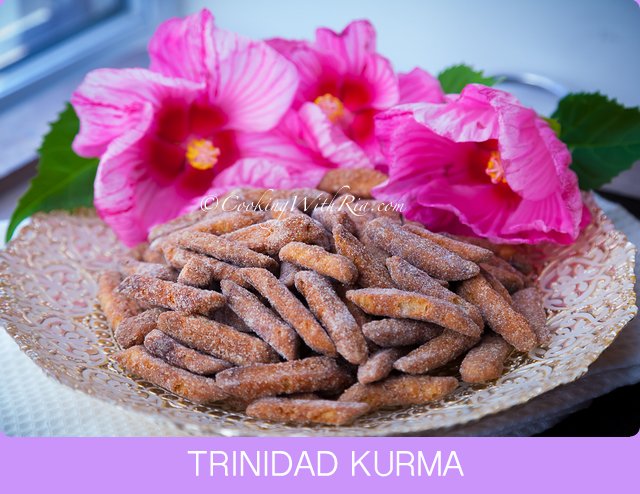
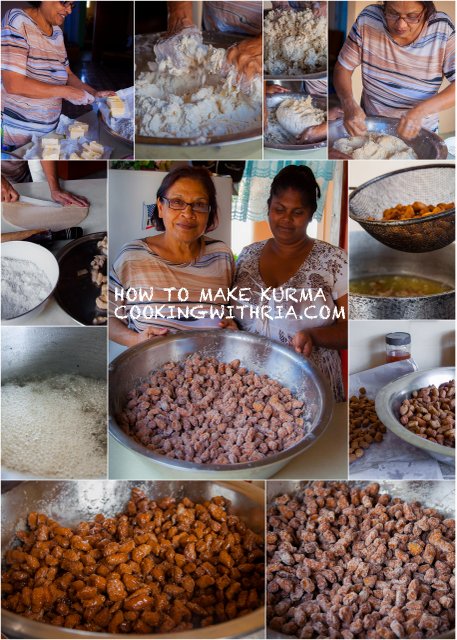
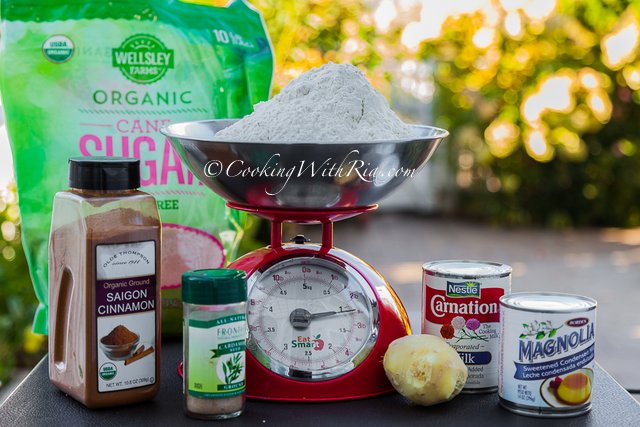






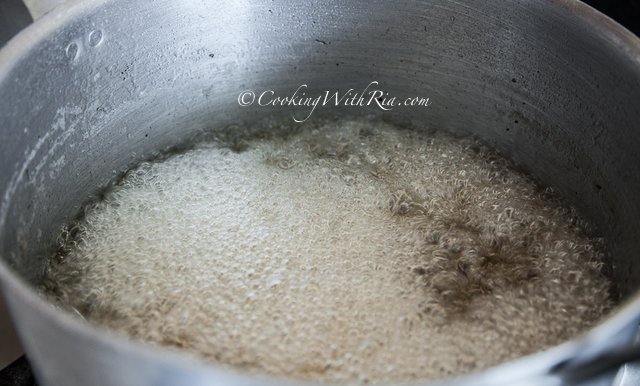



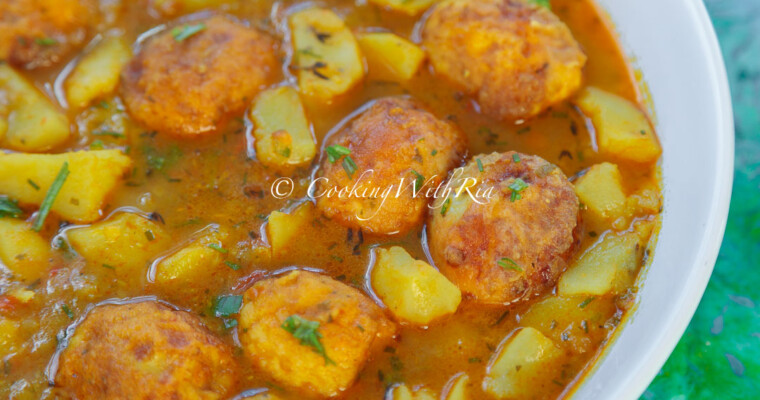
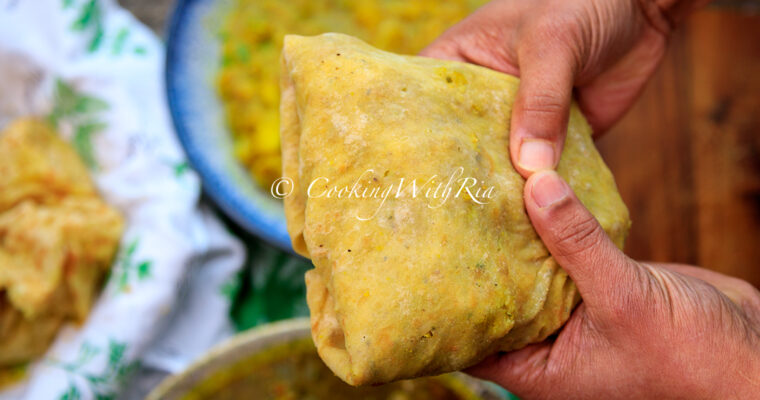

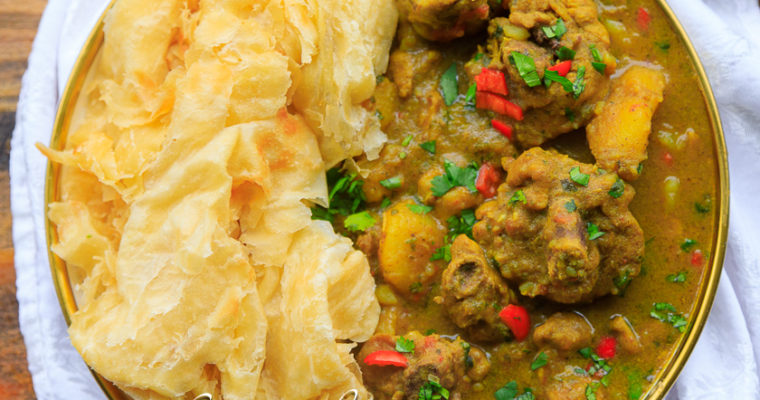


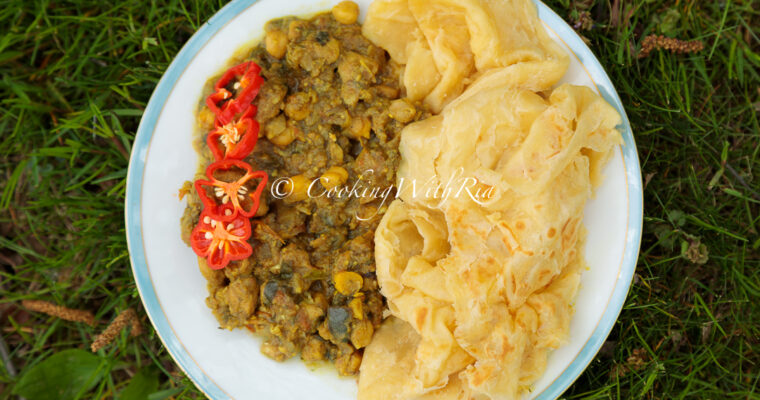
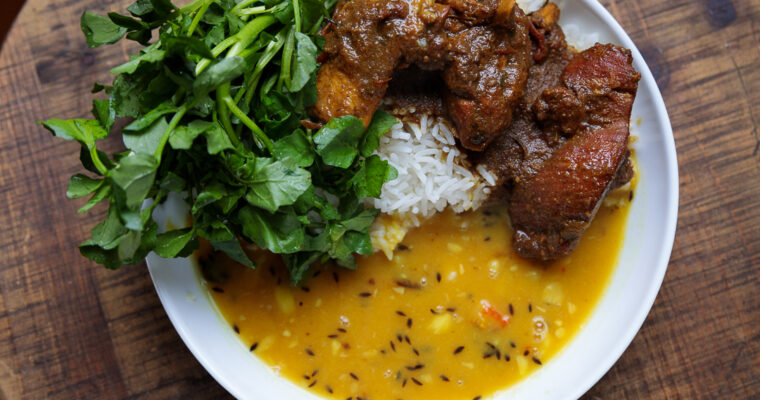
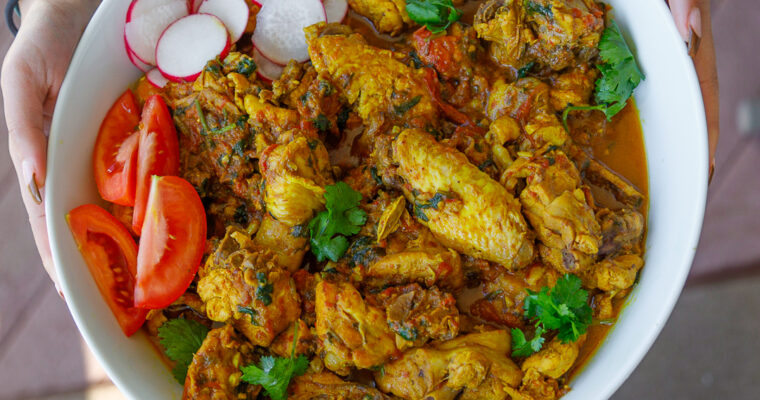
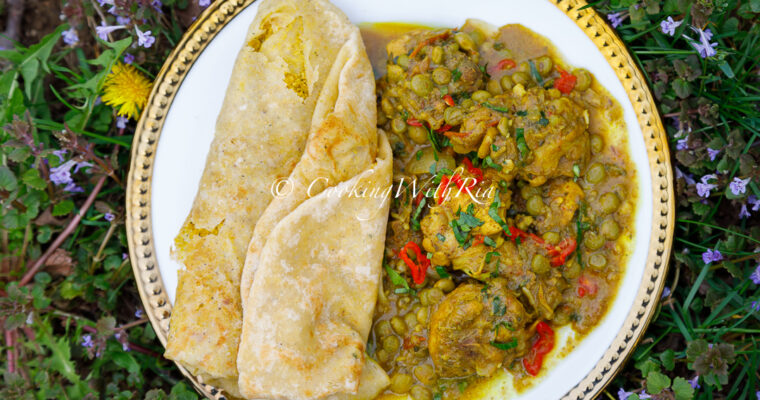


Great Recipe!!!!
I still have problems with getting the syrup perfected? What do I look for?